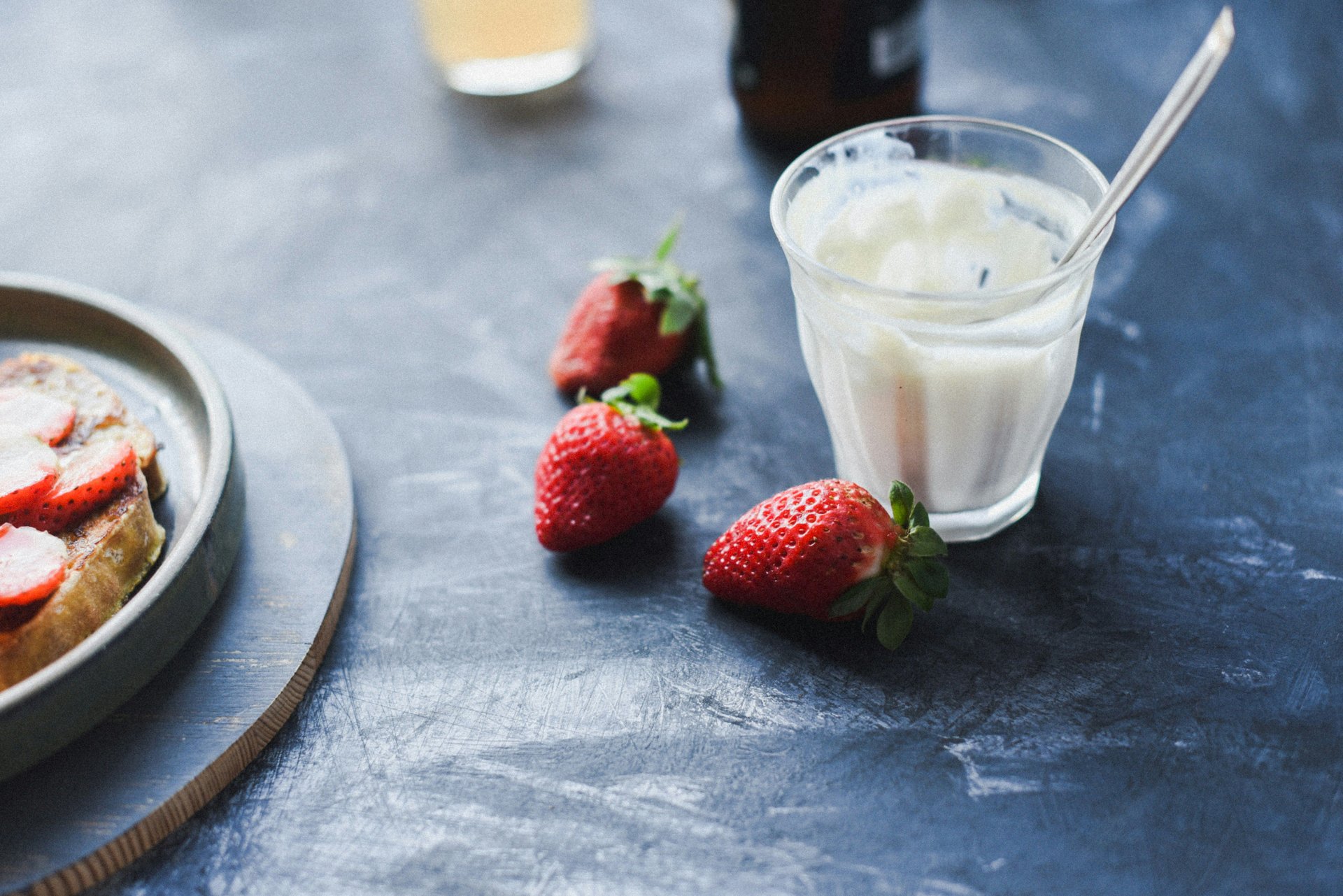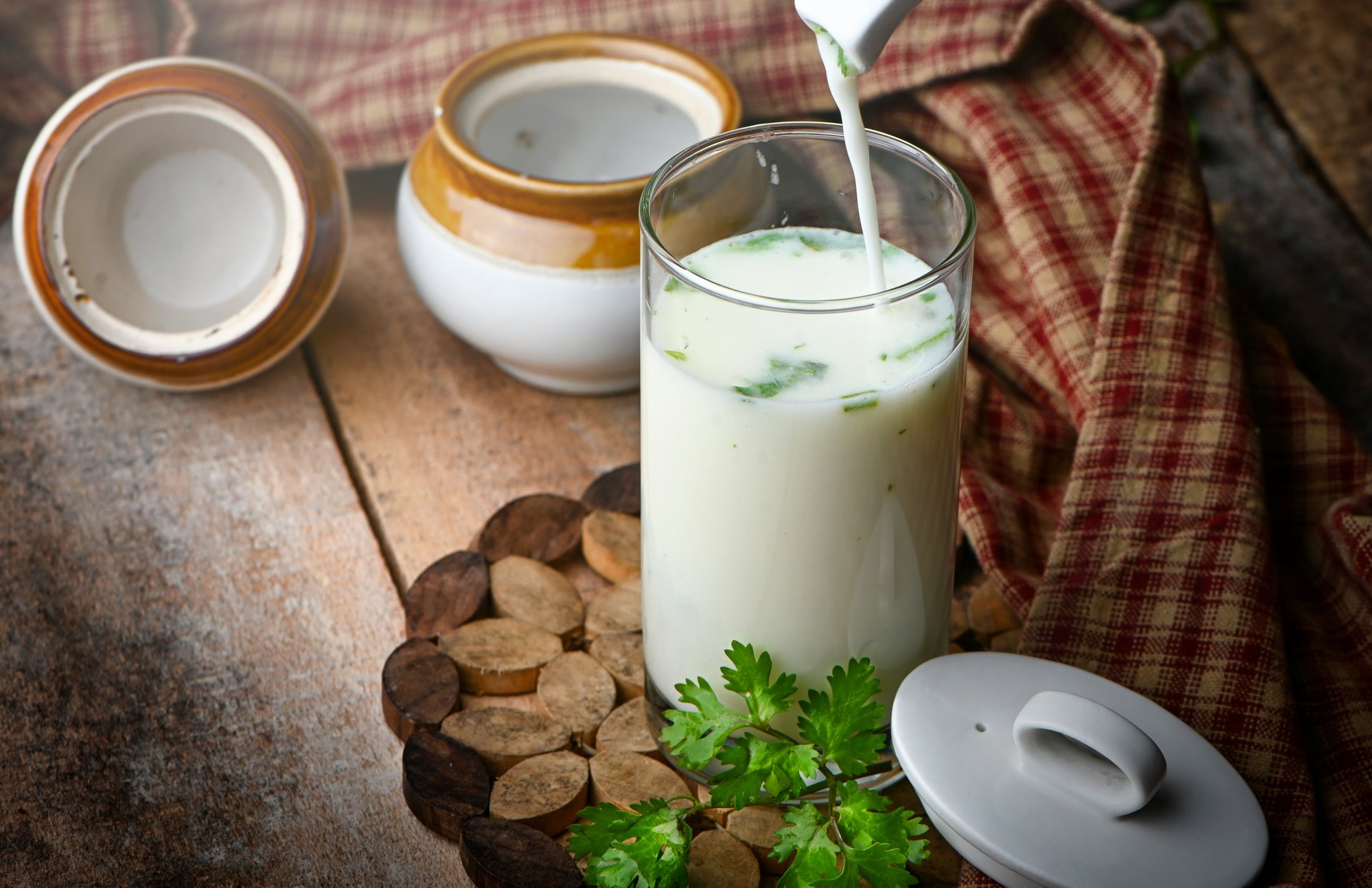14 probiotic-rich foods you can add to your diet
Probiotics may be beneficial for gut health. From sauerkraut to buttermilk, here are some potentially probiotic-rich foods to consider
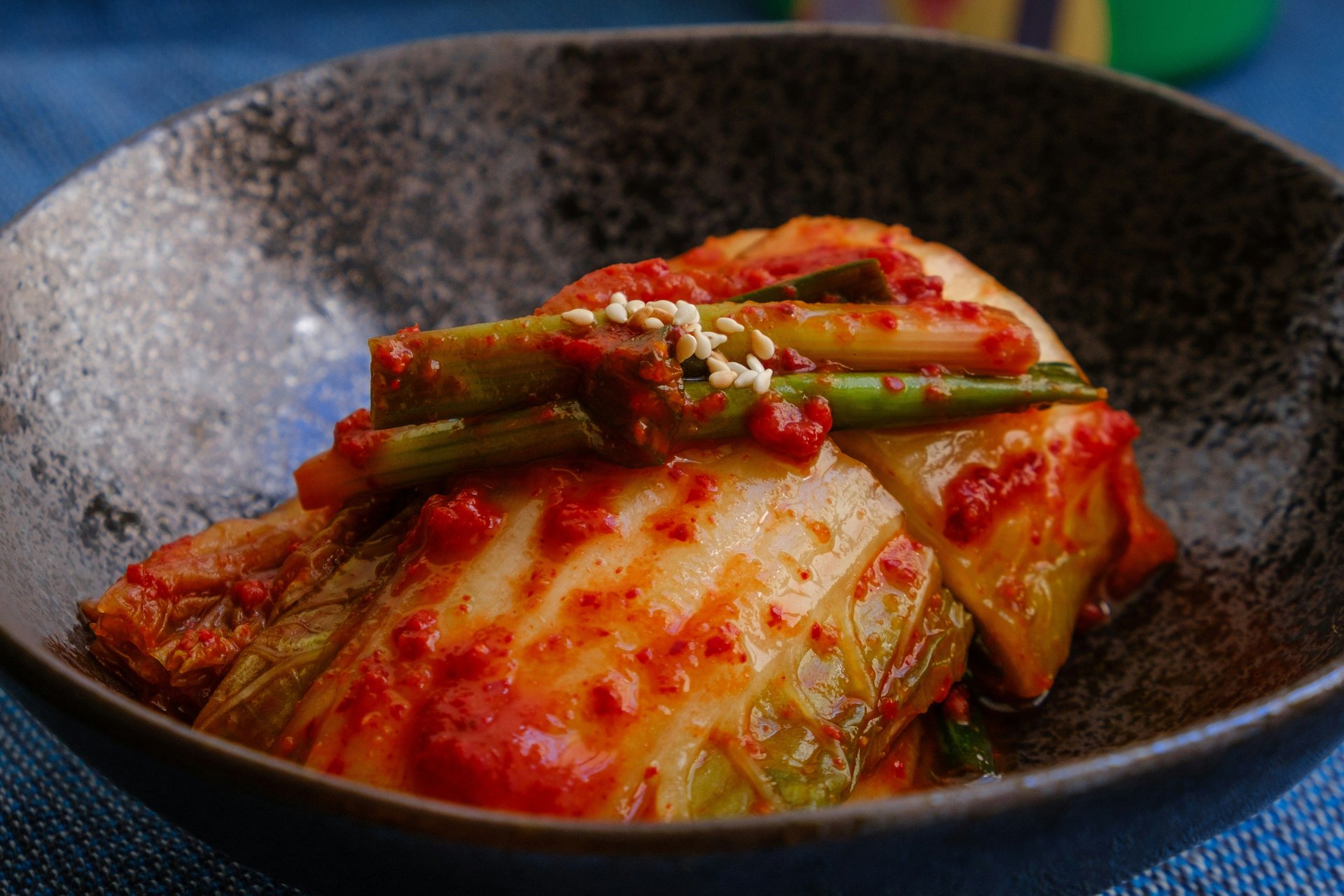
Your gut microbiome contains trillions of microorganisms that work together to break down food, strengthen your immune system, regulate hormones, and balance your mood. Most of these organisms are normal and beneficial. However, when harmful bacteria enter your system, you could suffer from nausea, vomiting, diarrhea, and other flu-like symptoms.
Probiotics are microorganisms found in fermented foods with live cultures. When you ingest probiotics, they may remove harmful bacteria, improve your digestion, and ease the symptoms of various digestive disorders, such as inflammatory bowel disease (IBD) and irritable bowel syndrome (IBS). They could also help you manage your weight and lower your total cholesterol.
While some studies look promising, researchers are still studying the effects of probiotics on the gut microbiome. As a result, the National Institute of Health has no official recommendation for probiotics. However, if you want to try adding them to your diet, here's a rundown of fermented foods containing probiotics along with serving suggestions.
2 / 16
Yogurt
Yogurt is famous for containing live cultures, including S. thermophilus and L. bulgaricus.
Some brands offer 100 million cultures per gram, making yogurt one of the easiest ways to get more probiotics in your diet. Try enjoying plain, unsweetened yogurt with sliced fruit or a drizzle of honey.
3 / 16
Kefir
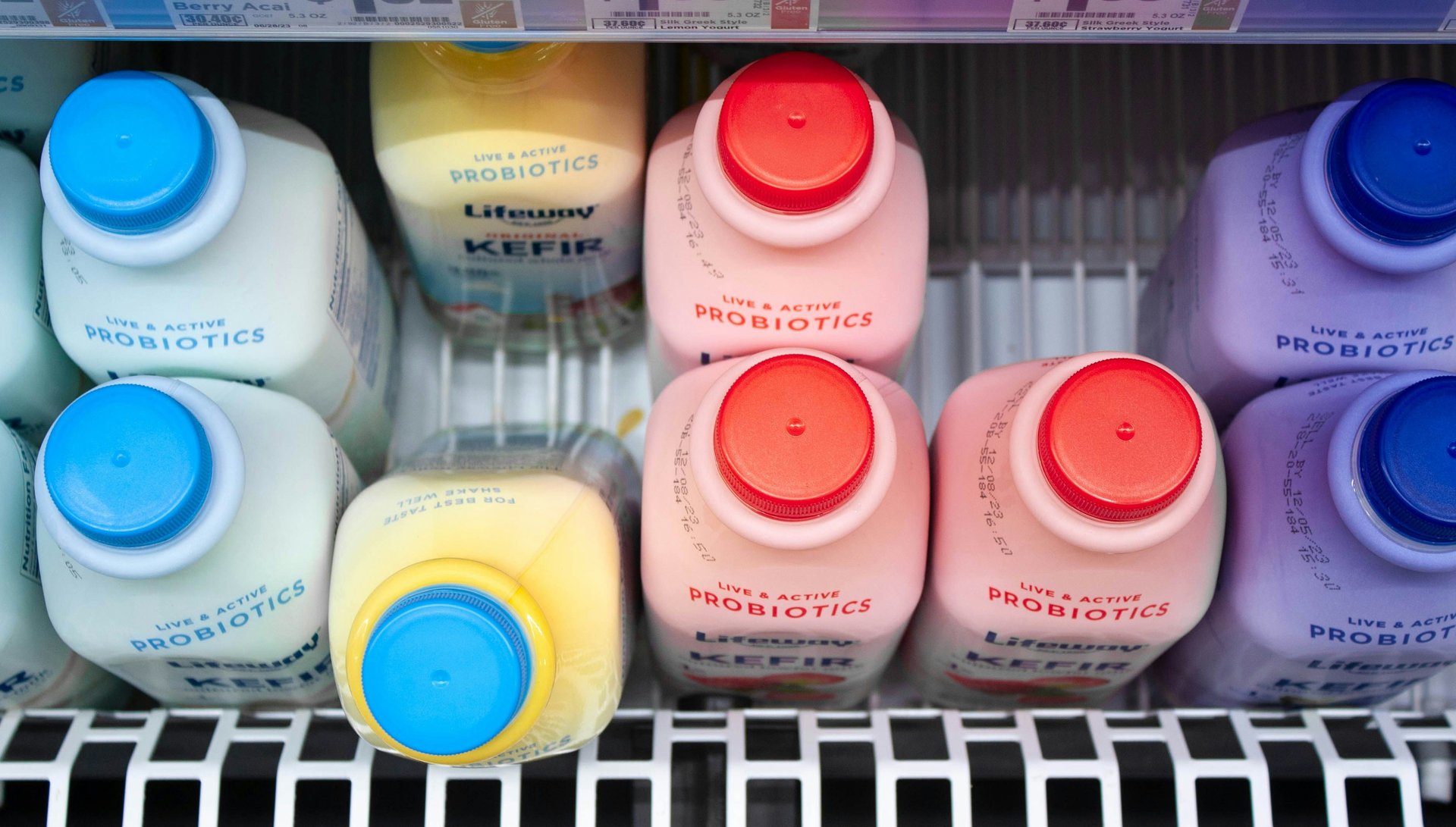
Photo by S. Laiba Ali on Unsplash
Kefir is a fermented milk beverage that contains a wide range of microorganisms.
Once the kefir grains ferment the milk sugars, you have a lactose-free drink that's suitable for people with lactose allergies. Kefir also contains protein and calcium, which boost your energy, strengthen your bones, and enhance your nervous system. You can drink plain kefir or add blended fruit to mask the tanginess.
4 / 16
Sauerkraut
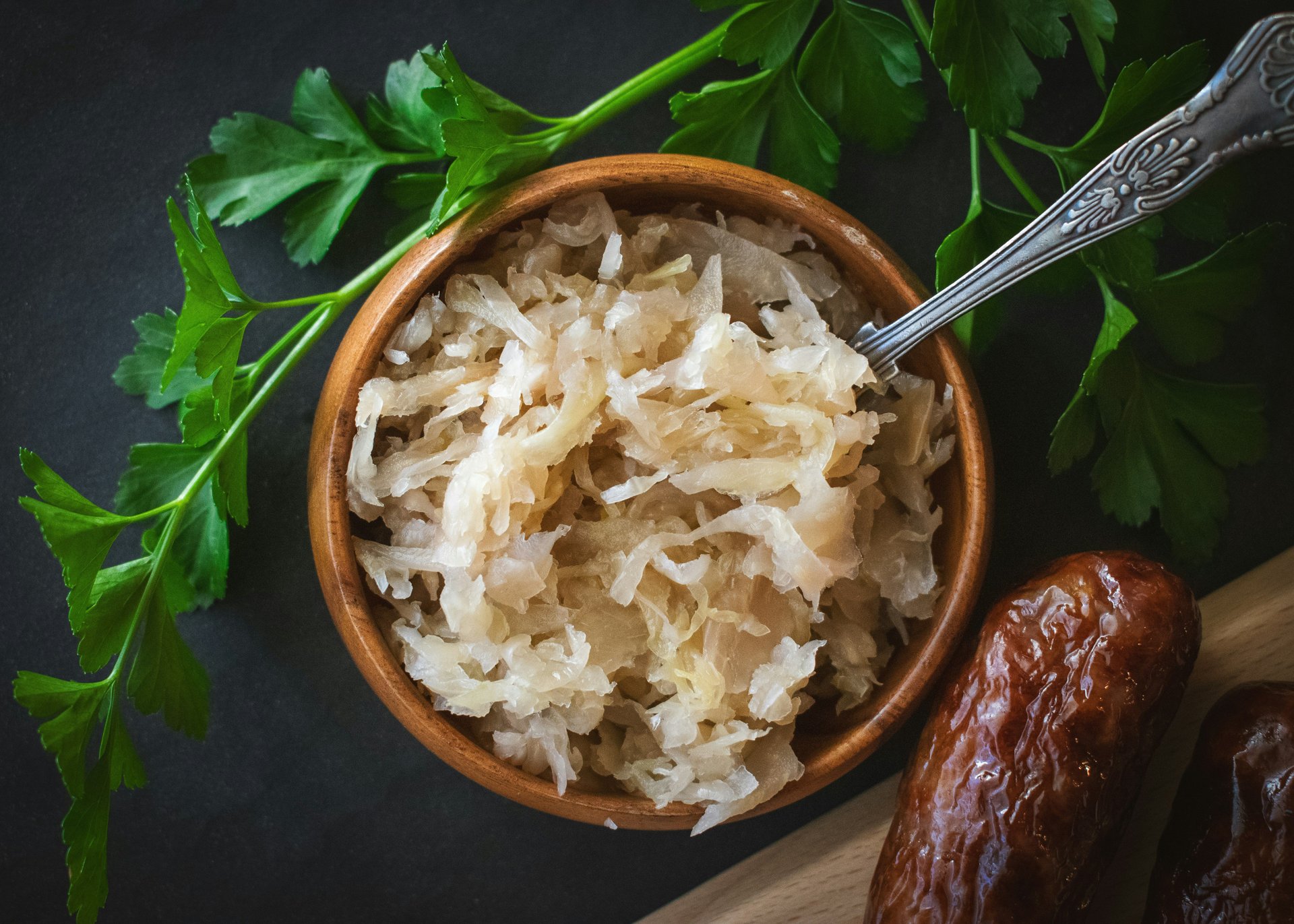
Photo by Kelsey Todd on Unsplash
Made from fermented cabbage, sauerkraut contains microorganisms that could protect your digestive system from inflammation.
While raw cabbage doesn't have probiotics, the fermentation process creates microorganisms that may protect you from illnesses. You also get a range of vitamins and minerals, including calcium, fiber, potassium, magnesium, and phosphorus. Common ways to enjoy sauerkraut include adding it to a sandwich, placing it on top of white rice, or eating it straight out of the jar.
5 / 16
Kimchi
Kimchi's fermented vegetables are loaded with probiotics that may nourish your gut microbiome.
Famous for its intense, spicy flavor, kimchi contains probiotics that may lower blood sugar levels, reduce inflammation, and prevent yeast infections. The mixed vegetables are low-calorie and high in calcium, potassium, magnesium, and vitamin K. You can add kimchi to rice or noodles, eat it out of the jar, or enjoy it with fried eggs.
6 / 16
Miso
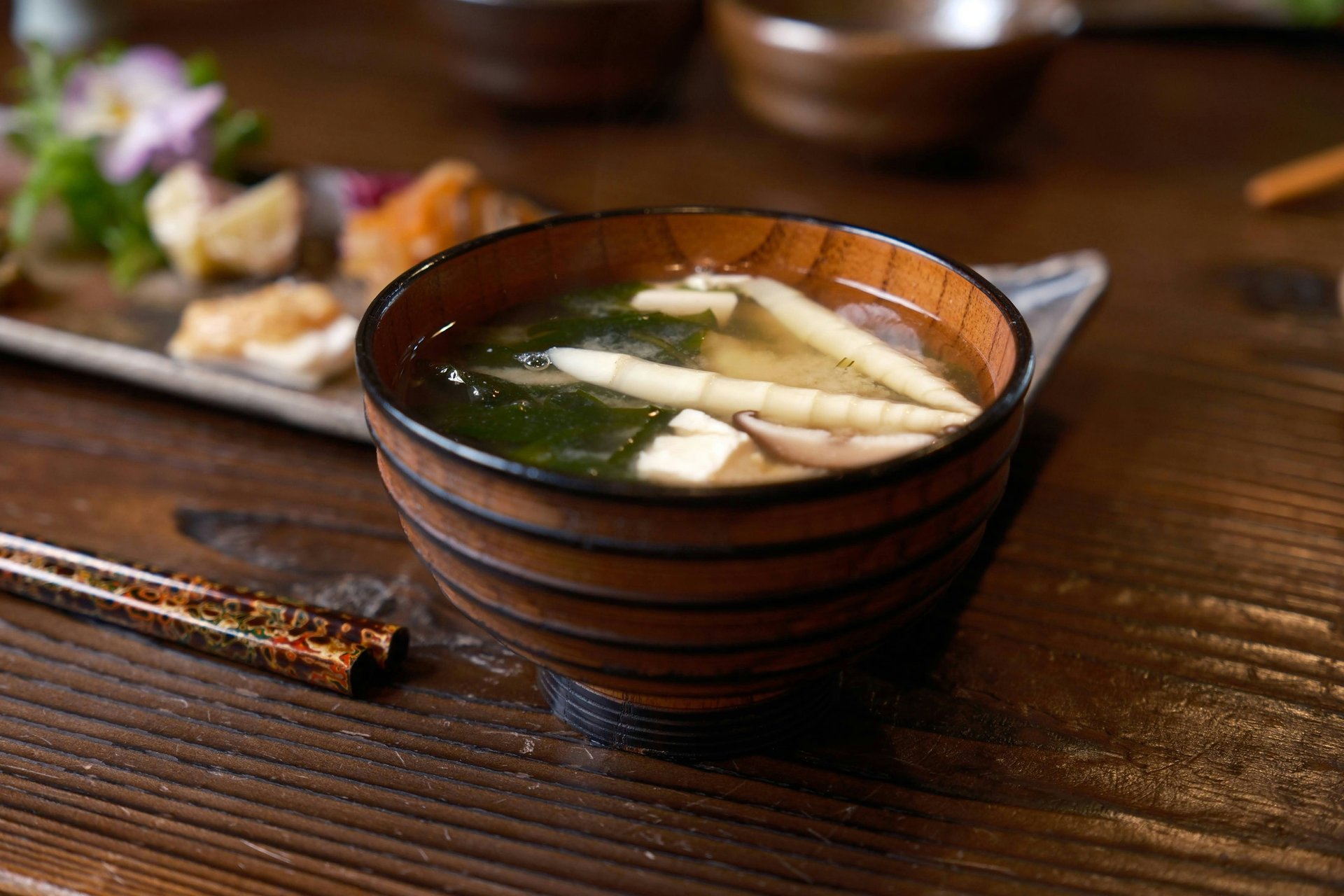
Photo by Seiya Maeda on Unsplash
Miso is a salty, savory Japanese condiment that's rich in healthy bacteria.
During fermentation, miso interacts with koji mold, which gives this condiment a high dose of probiotics. Miso could also lower your cancer risk and nourish your body with enzymes. To enjoy miso, you can add it to your favorite Asian dishes or make a quick soup.
7 / 16
Tempeh
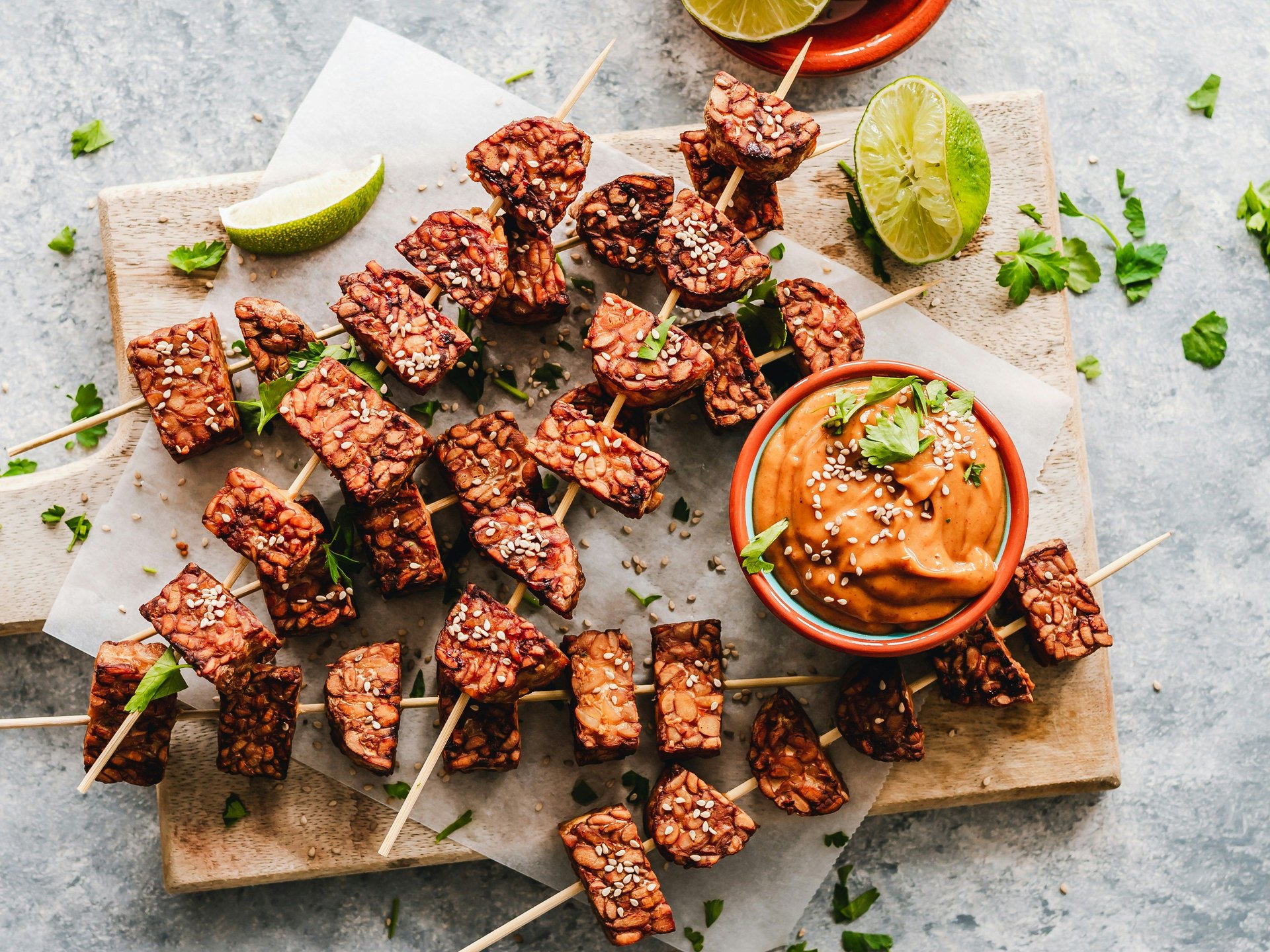
Photo by Ella Olsson on Unsplash
Originating in Indonesia, tempeh offers the health benefits of fermented soybeans.
Tempeh consists of blocks of fermented soybeans that may enrich your digestive system with immunity-boosting probiotics. This low-fat ingredient is high in vitamins and minerals and contains nine amino acids. To serve tempeh, try flavoring the blocks with your favorite spices and marinades.
8 / 16
Natto
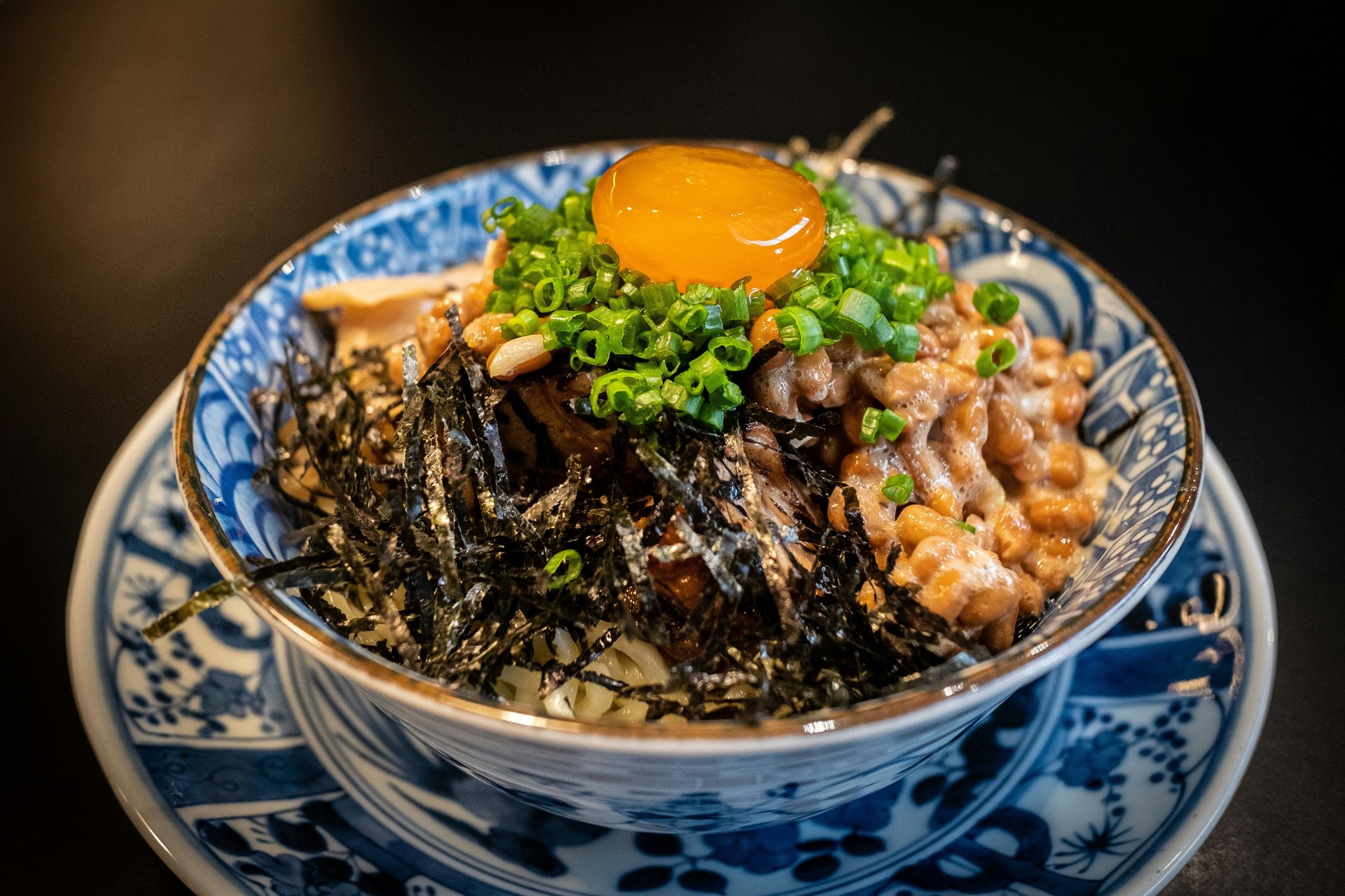
Photo by 8-Low Ural on Unsplash
Natto is a Japanese dish that contains various microorganisms, including Bacillus subtilis.
When you ferment soybeans with natto bacteria, you'll get a savory dish that's loaded with protein, calcium, iron, potassium, and vitamin B2. Natto bacteria can also produce enzymes, help probiotics grow in your digestive system, and eliminate harmful bacteria. You can eat natto on its own or serve it over rice with a dash of soy sauce.
9 / 16
Kombucha
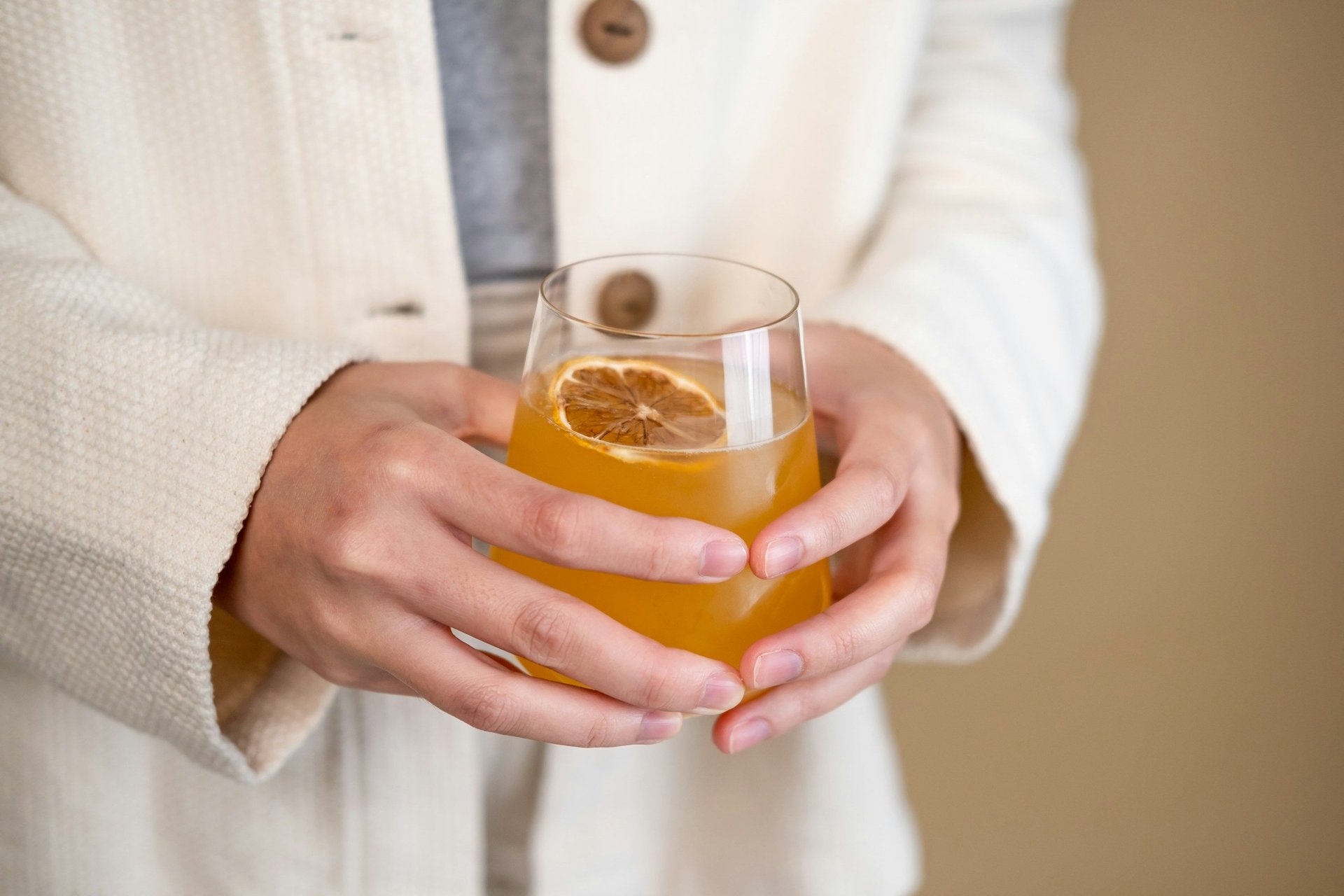
Photo by Dannie Sorum on Unsplash
Kombucha is a tart, fizzy beverage that gets its probiotics during the tea fermentation process.
If you want to drink your probiotics, kombucha contains plenty of microorganisms that may nourish your gut flora. This beverage could also lower your cholesterol levels, help your liver function, and improve digestion. Kombucha is generally safe for healthy adults, but it may not be recommended for young children, pregnant women, or people with weakened immune systems.
10 / 16
Pickles (fermented in brine)
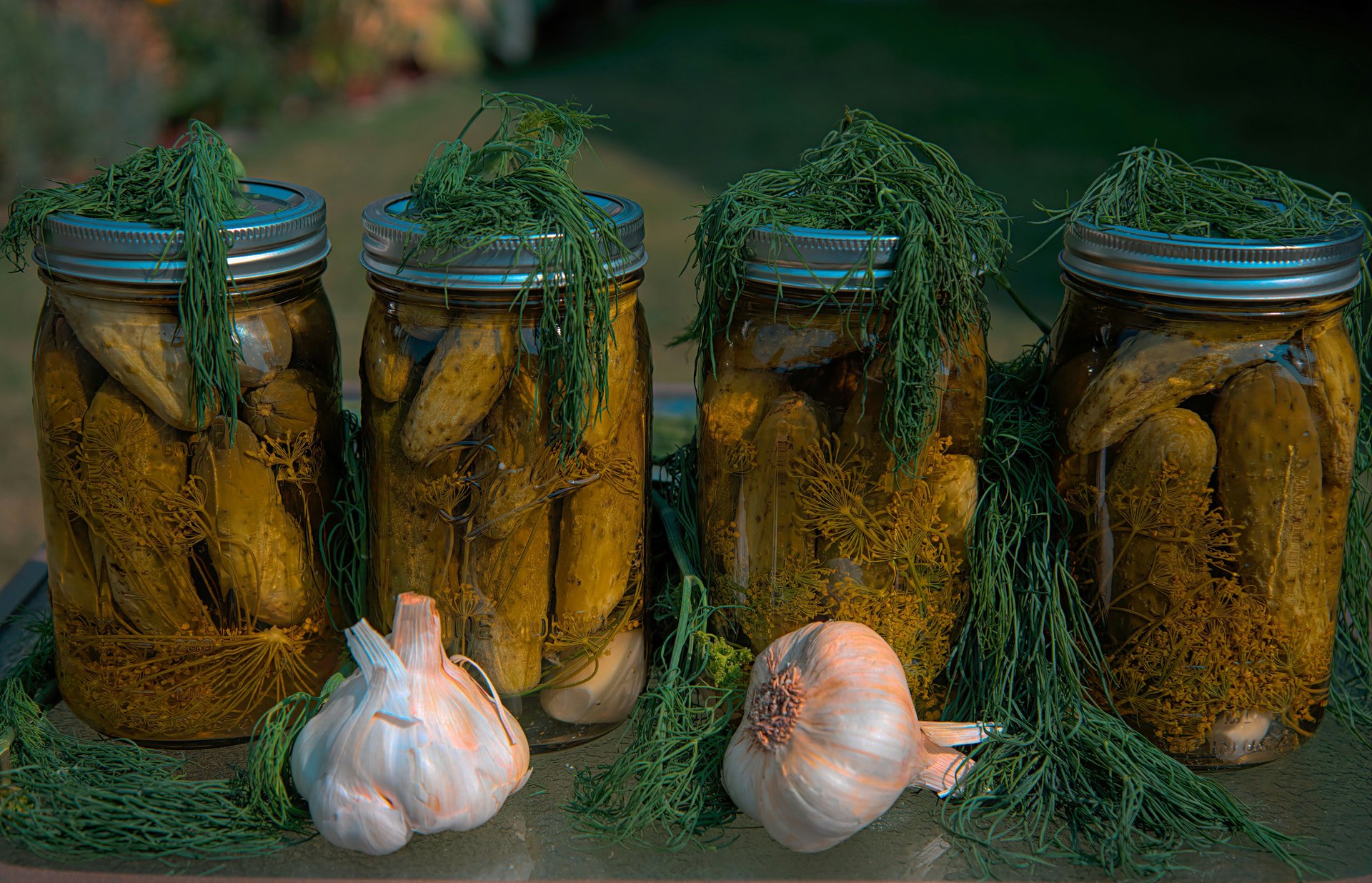
Photo by Townsend Walton on Unsplash
Fermented pickles (in brine, not vinegar) contain probiotics along with nutrients and antioxidants.
Regular pickles are a low-calorie snack with fiber, vitamins, and antioxidants that keep your body functioning properly. When you ferment your pickles in brine, you'll also get probiotics that could increase your levels of beneficial gut bacteria. Pickles make a great midday snack or a savory addition to salads and sandwiches.
11 / 16
Buttermilk (traditional)
A tart drink that's a byproduct of churning milk into butter, buttermilk contains lactic acid bacteria that may improve gut health.
While some dairy treats are low in probiotics, traditional buttermilk is loaded with live cultures. You also get protein, phosphorus, potassium, and vitamin B12, which promote cell repair, blood cell production, and nerve functioning. Drinking buttermilk on its own is the best way to get the probiotics because heating up this drink may kill the bacteria.
12 / 16
Apple cider vinegar (with the "mother")
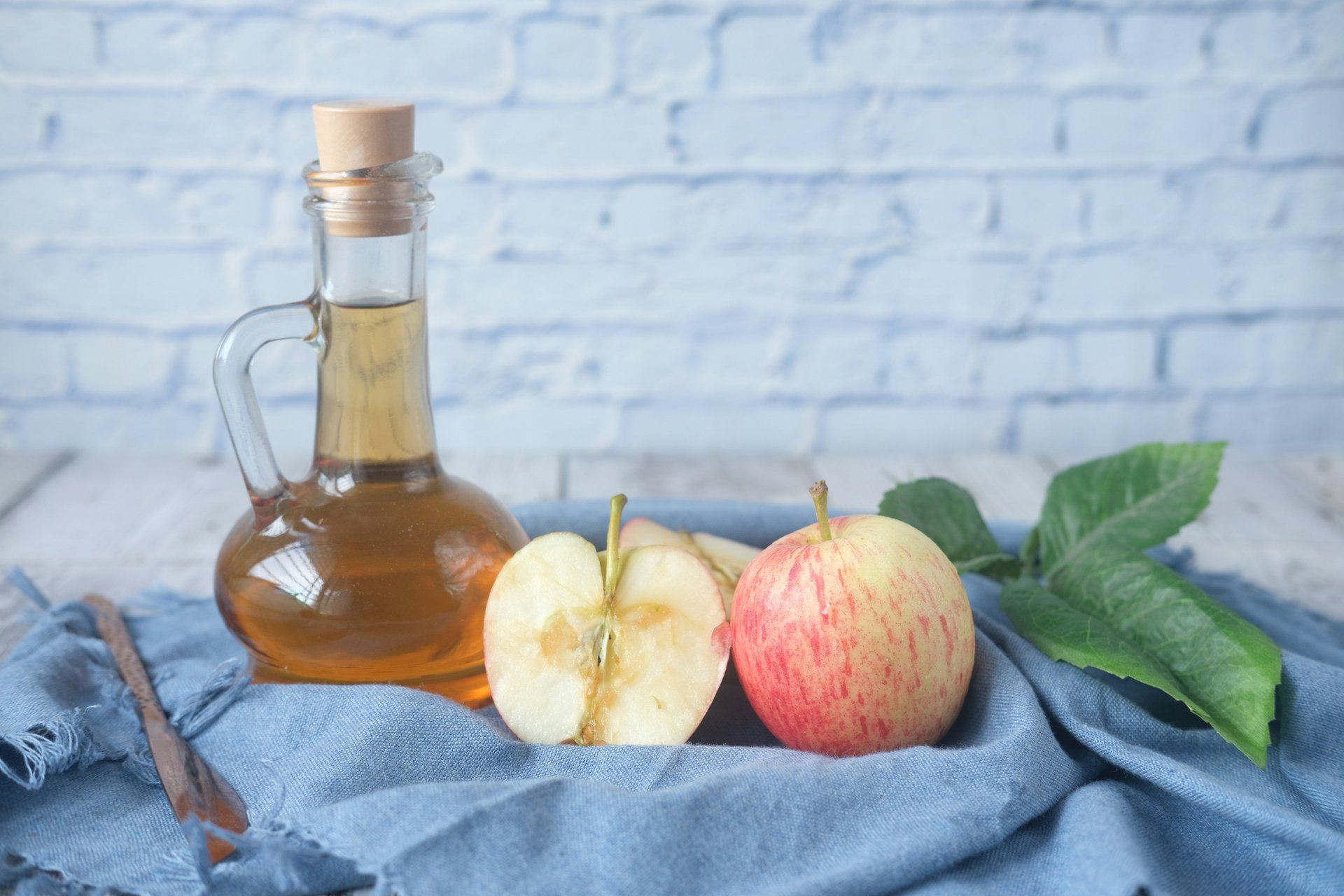
Photo by Towfiqu barbhuiya on Unsplash
Made from fermented apples, apple cider vinegar contains vitamins, minerals, and probiotics.
During fermentation, apple cider vinegar forms a wispy substance called the "mother," which gives you a dose of probiotics. The liquid could also lower your blood glucose levels, help you lose weight, and kill small amounts of bacteria on your salad. You can drink apple cider vinegar directly from the bottle or use it as a salad dressing. However, it's best to dilute apple cider vinegar before drinking it to protect your teeth and digestive system.
13 / 16
Lassi
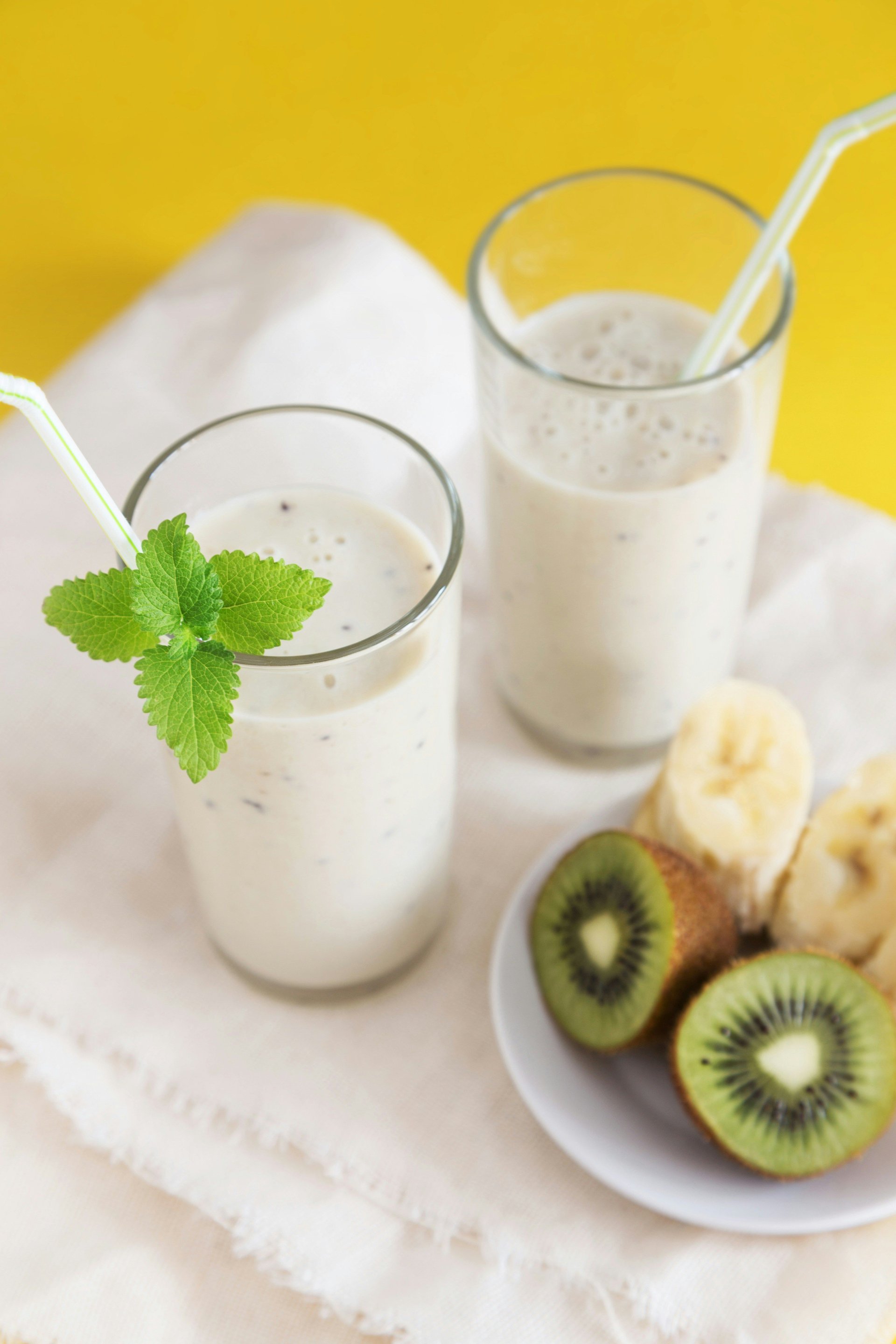
Photo by Elena Leya on Unsplash
With its cool, creamy texture, lassi is the perfect probiotic drink for hot days.
Lassi gets its probiotics from the yogurt that makes the base of the drink. The recipes include milk, fruit, and spices that keep you hydrated and enhance the drink with added nutrients. Simply toss the ingredients in a blender, pour a glass, and enjoy.
14 / 16
Fermented cheese (aged, unpasteurized)
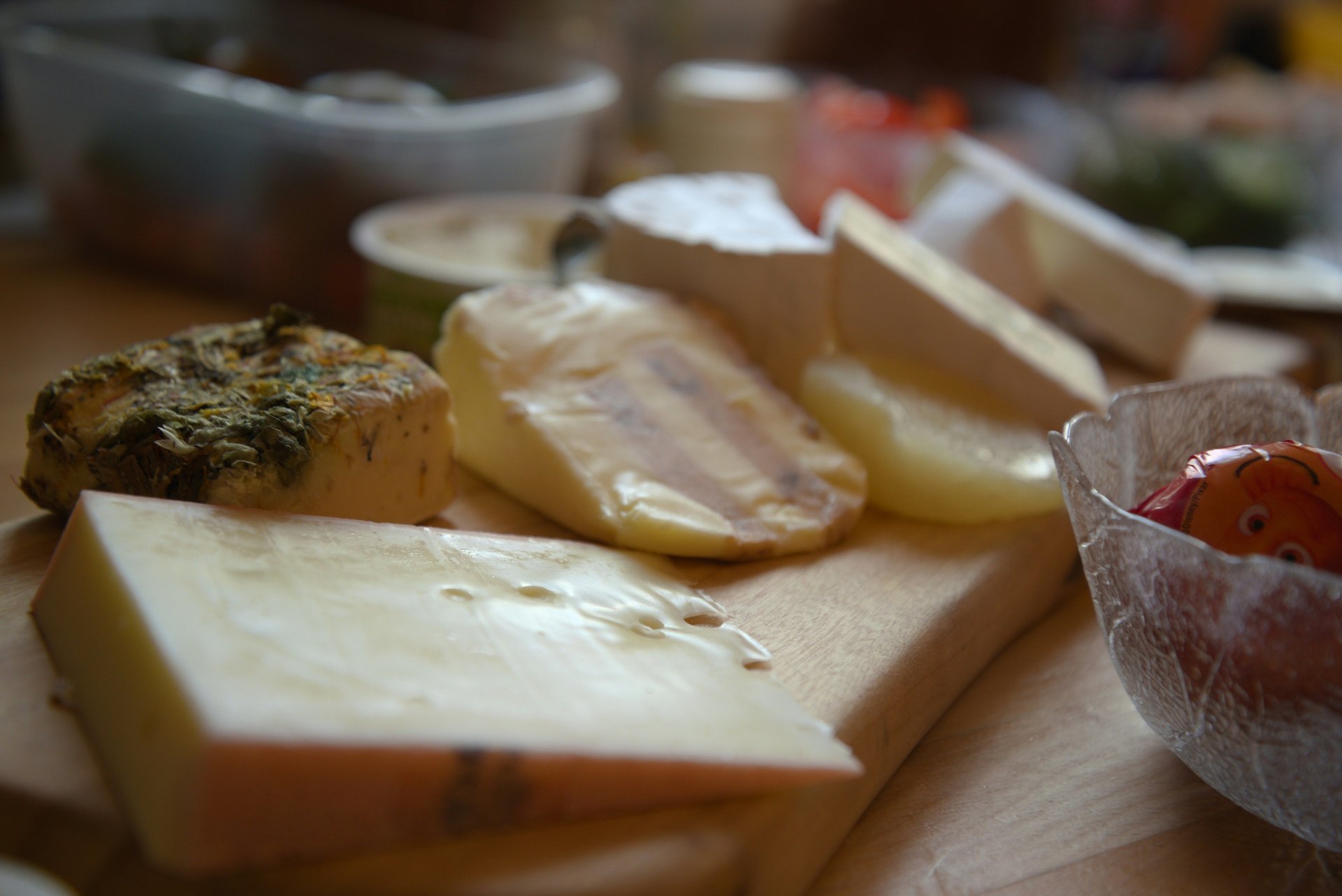
Photo by Stefan Lindecke on Unsplash
Certain cheeses contain healthy bacteria after they complete the aging process.
While not all cheeses contain probiotics, you may find microorganisms in fermented cheeses that were left unpasteurized, allowing the bacteria to thrive. This may help your body synthesize vitamins and fight off pathogens. You can eat the cheese as a snack or add it to pasta, salads, sandwiches, or soups.
15 / 16
Sourdough bread
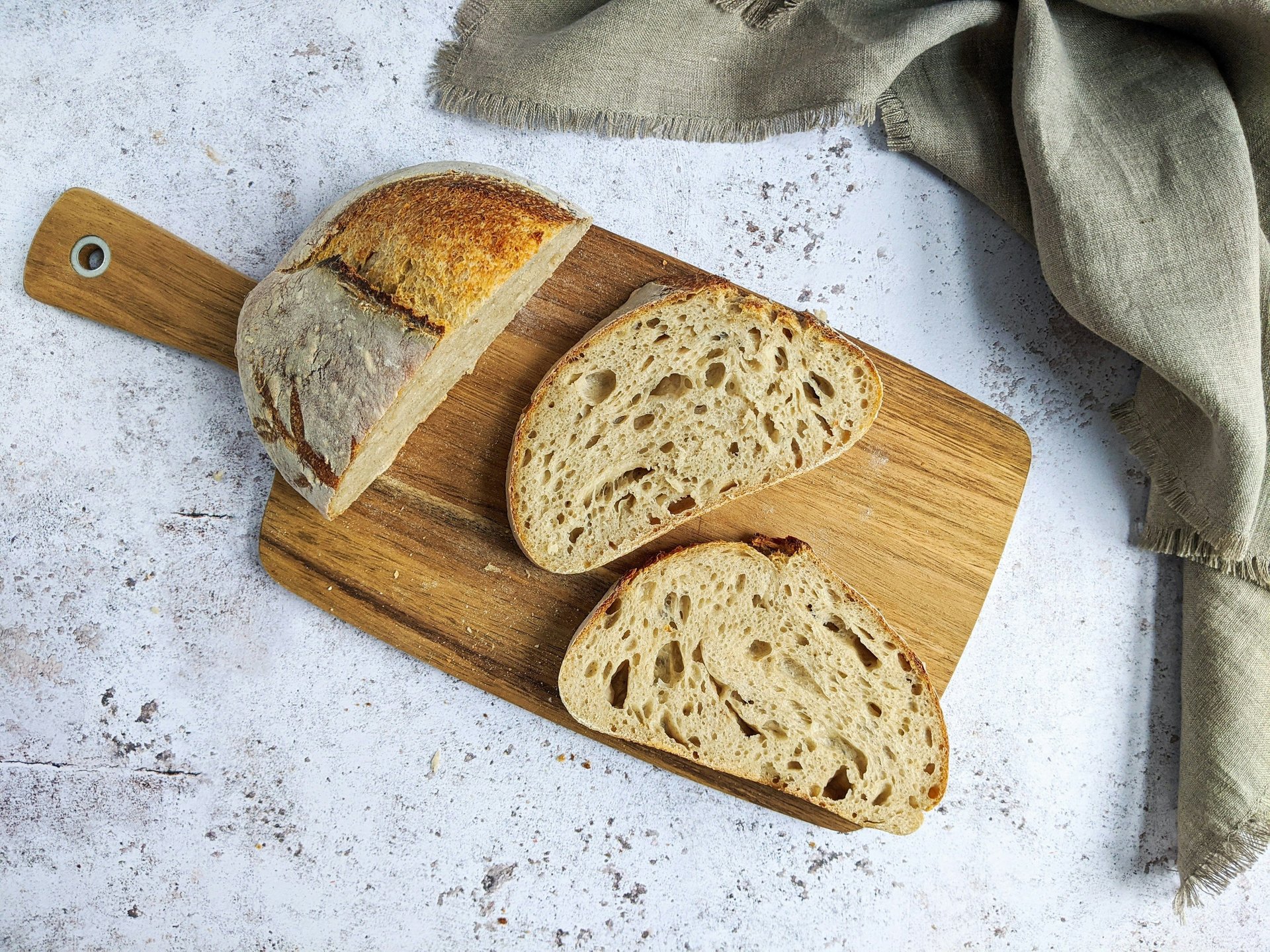
Photo by Debbie Widjaja on Unsplash
Sourdough bread is made with a fermented starter or bacteria and wild yeast. While the fermentation process breaks down gluten and may support digestion, most of the live probiotic organisms don't survive baking at high temperatures. So, while sourdough may have some digestive benefits, it's not considered a reliable source of live probiotics.
Enjoy sourdough toasted, as a sandwich base, or simply with butter and jam.
16 / 16
Kvass
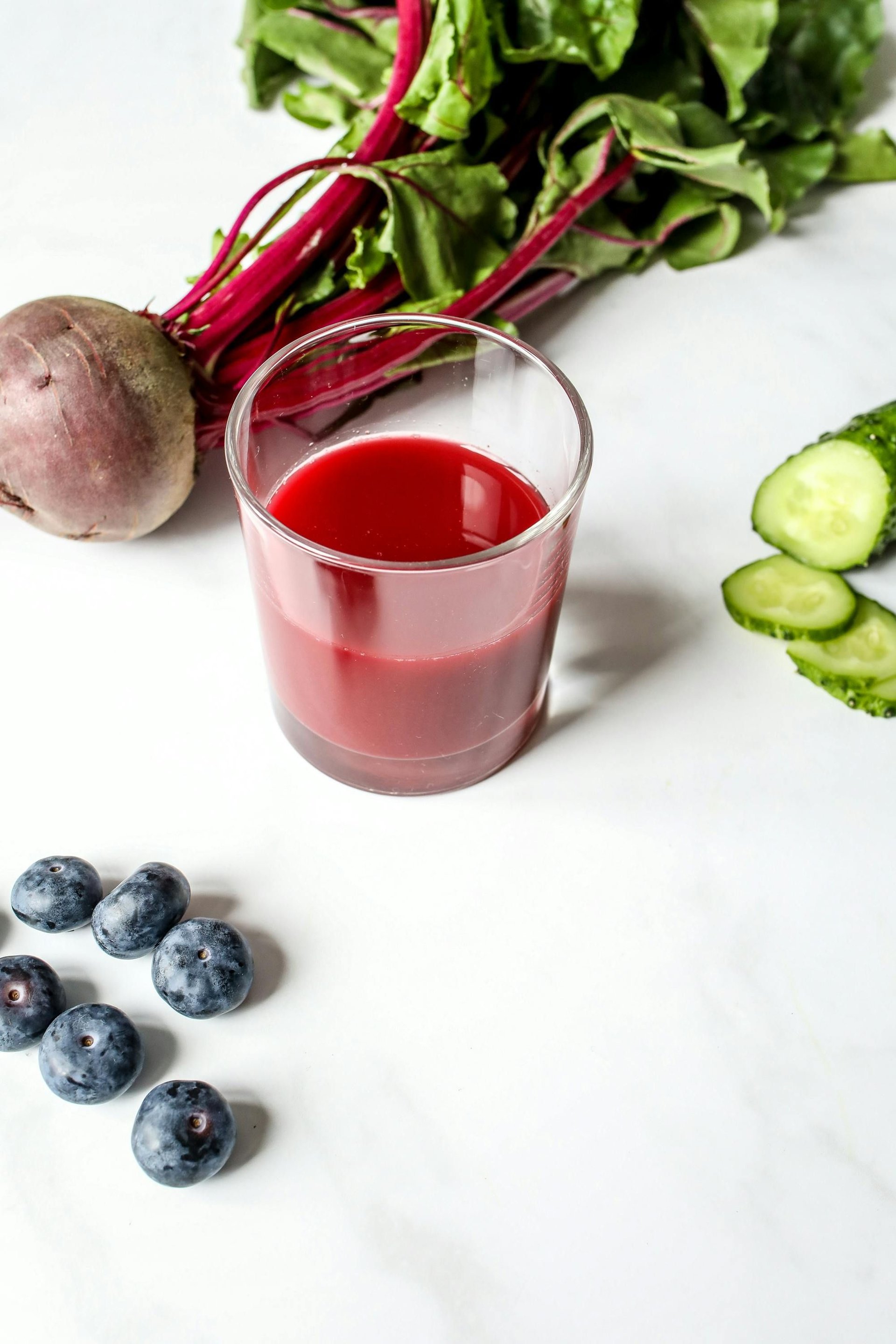
Photo by Polina Tankilevitch
Kvass is a fermented beet drink that can provide a boost of beneficial bacteria.
When you drink kvass, you get a dose of bacteria and enzymes that can aid digestion. This beverage also contains antioxidants that reduce cellular and tissue damage. Enjoying kvass is pretty simple: pour yourself a glass and drink until you see the bottom.

